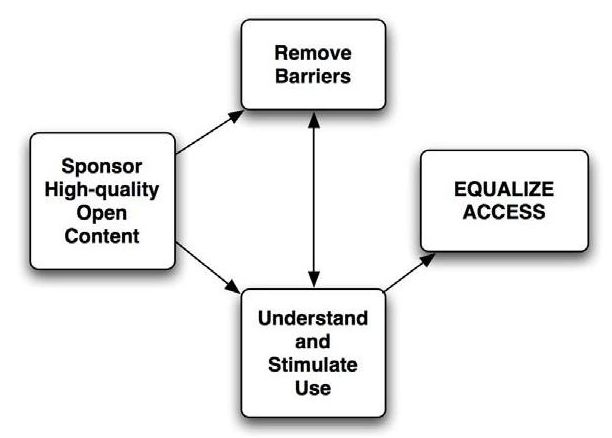Sounds too good to be true, doesn’t it? Good thing we learned about OERs in class this part week! (Honestly, I know that acronym wasn’t helpful, but it was a great way to introduce the topic). Open Educational Resources (OERs) are content on the internet that don’t infringe on copyrights. Yes, you read that right – unlike the vast majority of pictures and videos that we typically use in presentations, OERs don’t infringe on copyrights. I knew there were a lot of copying issues when you just right clicked and chose “copy image”, but I thought I was okay if I chose “save image as” and credited where I got it from.
WRONG! Hold up! That’s a no-go! Not everything on the internet is open for free use (why I wasn’t taught more specifically about this a very long time ago is beyond me). So now that I feel terrible for stealing pictures for years, even if I gave them credit, it still doesn’t fully equate. But what does this mean?
It means we need to look at options other than Google Images to find everything we want. There are so many other options for OER, such as Wikimedia Commons (I know, I know. “Wikipedia is the devil for school projects”. But not if you use it properly!), YouTube as long as you use the Creative Commons filter, and OER Commons for teaching content specifically. Even if unintentionally, I was using potentially and probably copyrighted images without even knowing it! Now that I better understand the possibilities and reach of OERs, I will be more aware of utilizing only these types of content in my future classrooms.

Leave a Reply